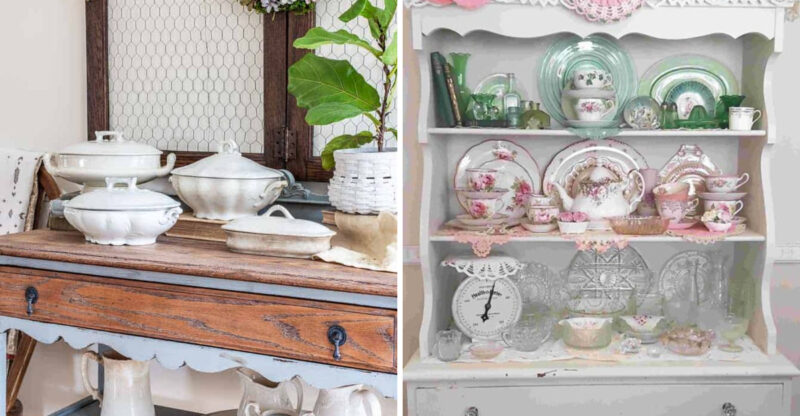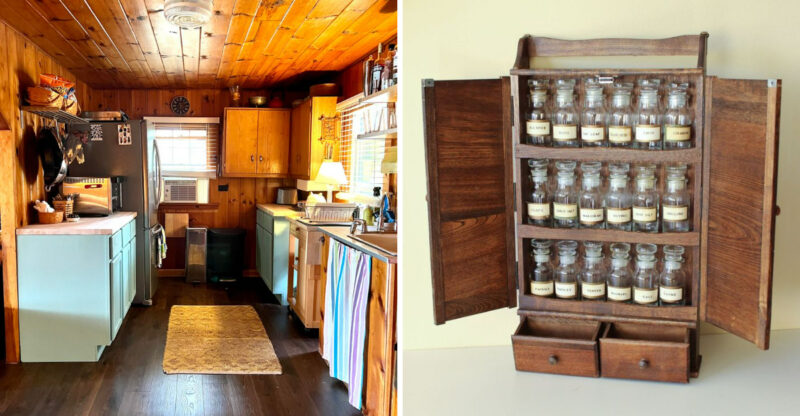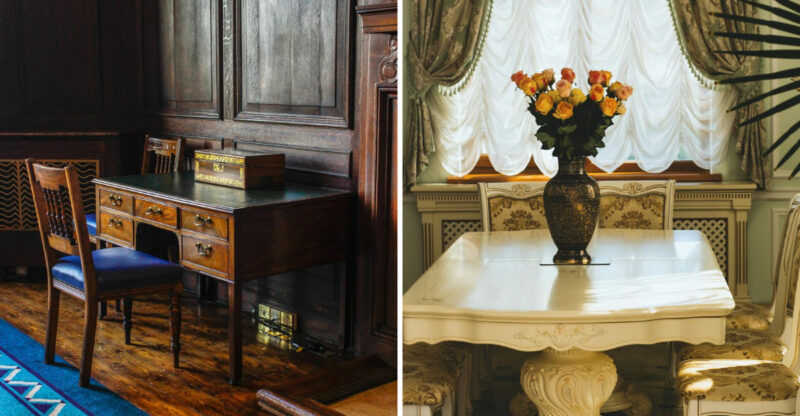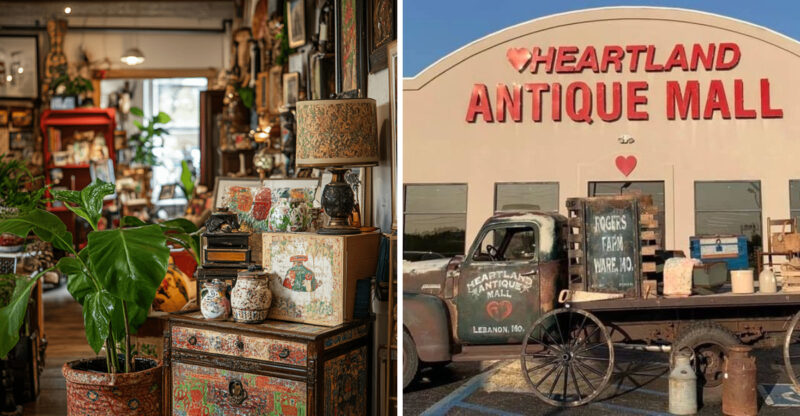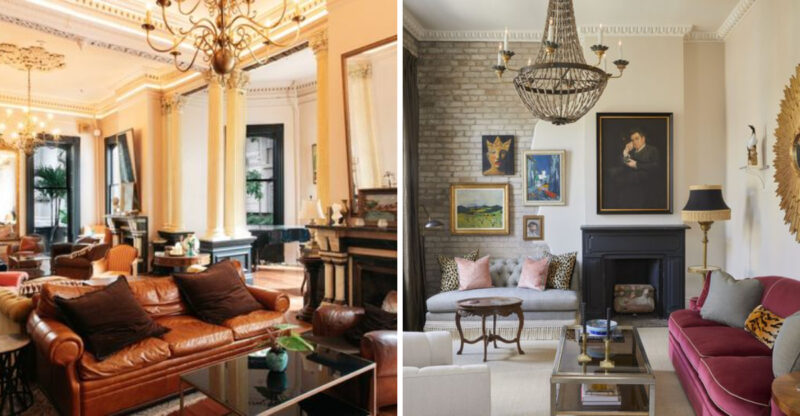10 Practical Tips For Shopping At Thrift Stores In New York City
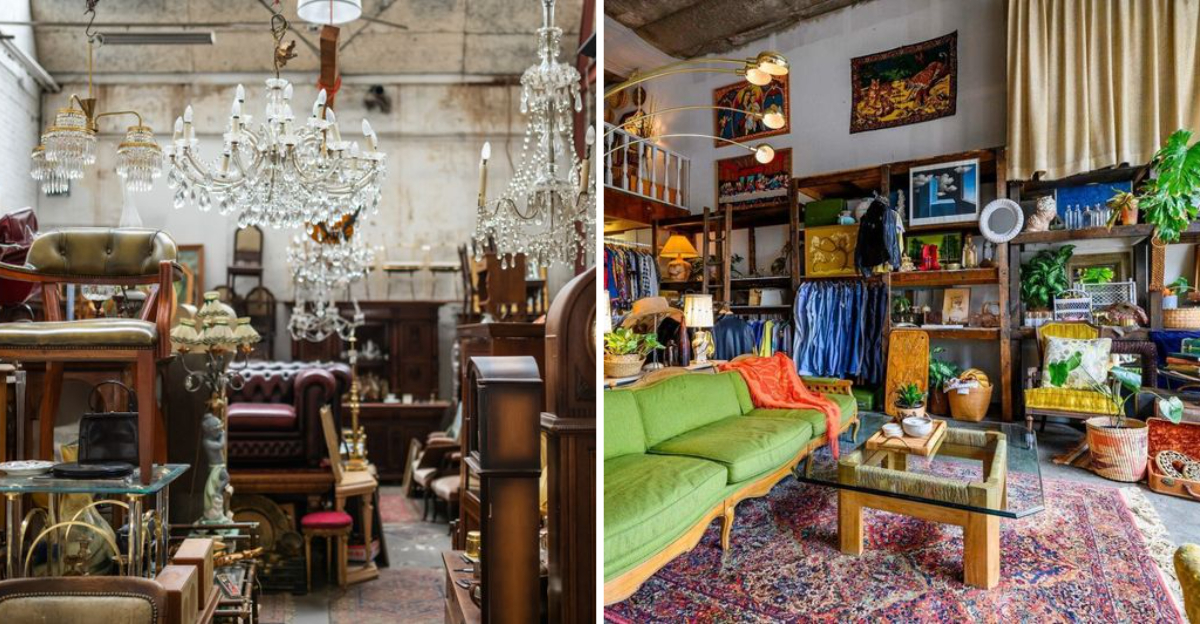
Thrift shopping in New York City can be an adventure full of hidden treasures. The Big Apple’s secondhand stores offer everything from vintage designer clothes to unique furniture pieces at bargain prices.
With so many options across the five boroughs, knowing how to navigate these stores can make the difference between finding a gem or wasting your day.
These tips will help you master the art of thrifting in NYC’s vibrant secondhand scene.
1. Check Solid Wood
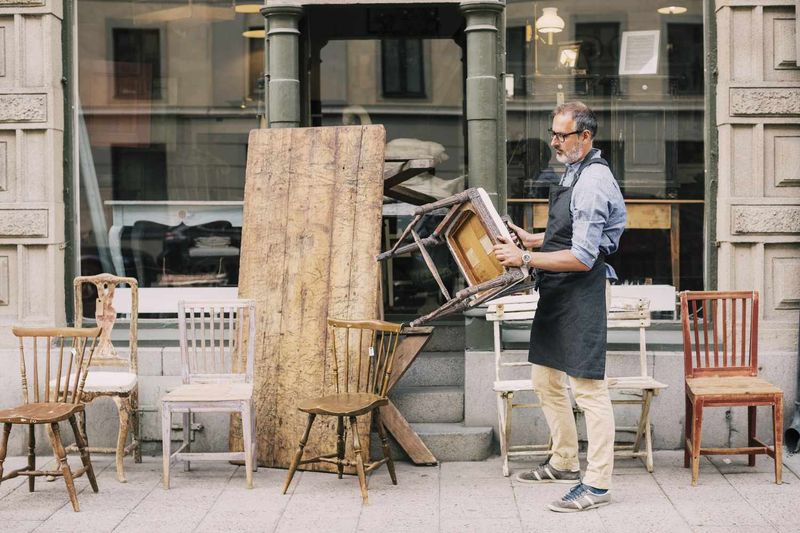
Solid wood pieces are thrifting gold in NYC’s secondhand furniture scene. When examining a potential purchase, knock on the surface hollow sounds typically indicate veneer over particleboard, while solid wood produces a deeper, duller thud.
Flip the piece over or check the back to see if you can spot exposed edges. Real wood has visible grain patterns that continue throughout the entire piece. Weight matters too solid wood furniture feels substantially heavier than its laminate counterparts.
Many Manhattan apartments have endured decades of use, so look for furniture made before the 1980s. These older pieces often feature dovetail joints and higher quality construction that will survive your fifth-floor walkup adventure.
2. Test Stability
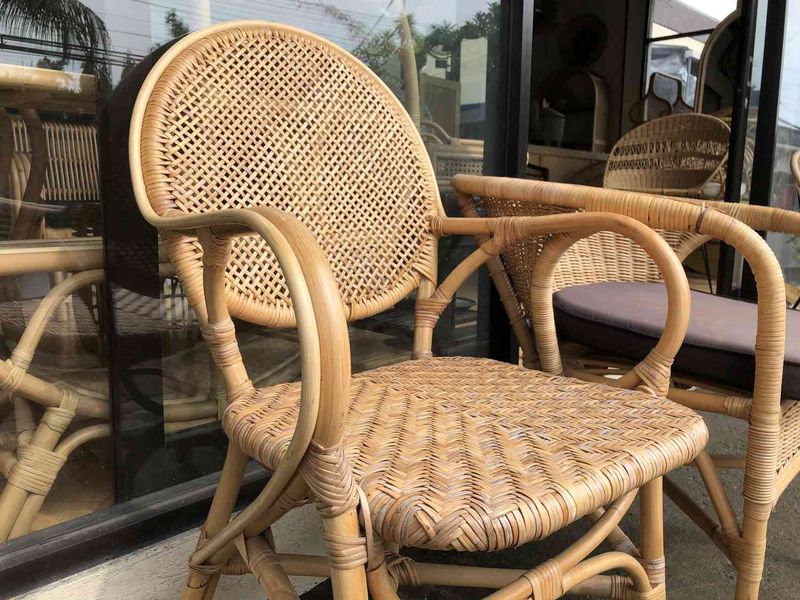
Nothing ruins a thrift store victory faster than bringing home a wobbly table or chair. I always give furniture a gentle shake test before purchasing. If it wobbles in the store, it’ll definitely wobble in your apartment.
Press down on each corner of tables to check for balance. For chairs, sit in them and rock slightly from side to side. Many NYC thrift stores have concrete floors that hide unevenness, so lift the piece slightly to see if all legs touch the ground simultaneously.
Loose joints can sometimes be fixed with wood glue or new screws, but structural problems are deal-breakers. Remember that transporting furniture through NYC’s busy streets and narrow hallways puts extra stress on already compromised pieces.
3. Inspect Joints
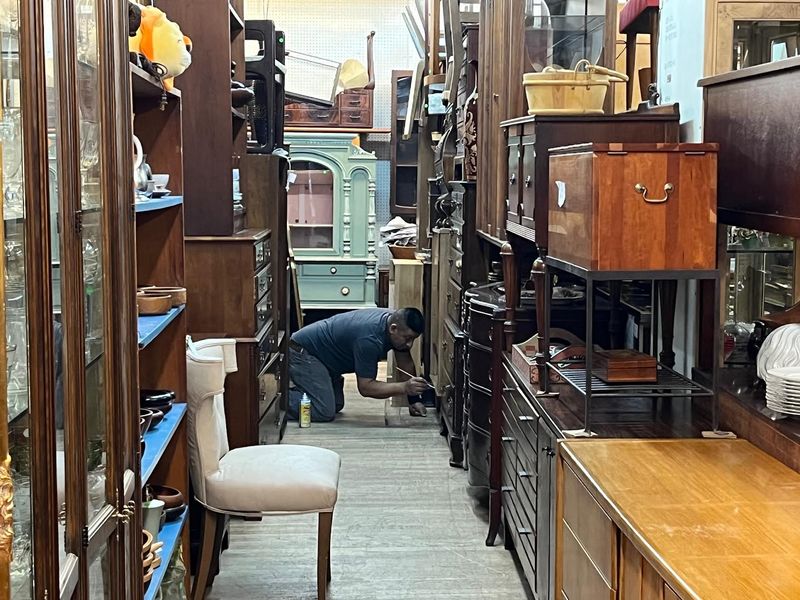
Quality furniture reveals itself in the joints. I carefully examine how pieces connect at corners and edges. Dovetail joints those interlocking triangular wedges signal craftsmanship worth bringing home to your NYC apartment.
Run your fingers along the underside where legs meet the main body. Wobbly connections spell trouble, especially considering how much jostling happens during a typical NYC move. Avoid pieces with obvious glue residue around joints this indicates previous repairs that likely won’t hold up long.
Screwed joints can usually be tightened, but split wood around hardware means permanent weakness. The best thrift finds often come from older generations when furniture was built to last through decades of Manhattan living.
4. Measure Doorways
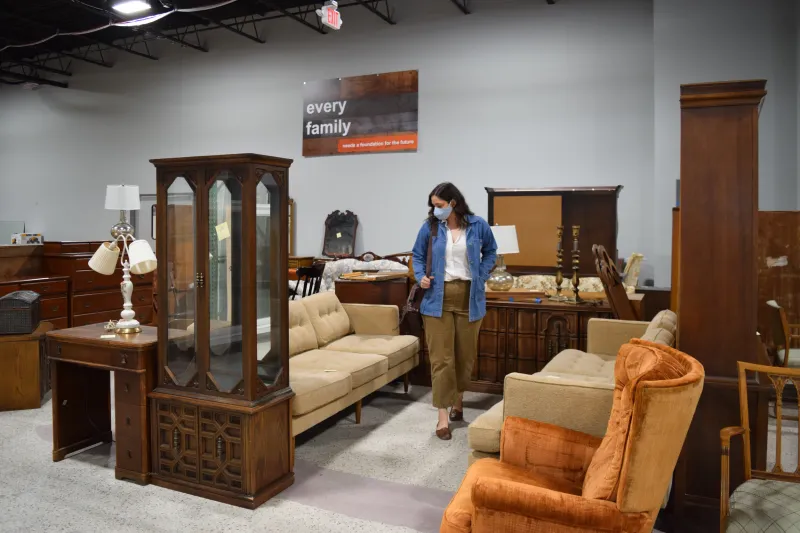
Before hunting for furniture treasures, I always measure my apartment’s doorways, hallways, and stairwells. NYC’s pre-war buildings are notorious for narrow passages that have crushed many thrifting dreams.
Keep these measurements in your phone along with your room dimensions. When you spot that perfect vintage couch at Housing Works, you’ll know immediately whether it can actually make it into your fourth-floor walkup. Don’t forget to account for tight corners and low ceilings in your calculations.
Many heartbreaking stories begin with “I found the perfect piece but…” and end with furniture abandoned on sidewalks. Some thrift stores won’t accept returns, making accurate measurements even more crucial for successful urban thrifting adventures.
5. Bring a Tape Measure
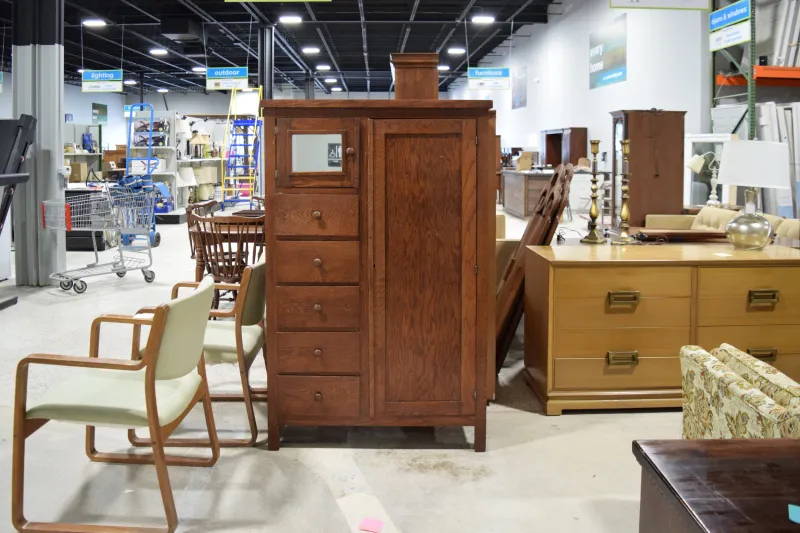
A pocket tape measure is my secret weapon for successful thrift shopping in NYC. Without one, you’re just guessing whether that cool vintage desk will fit your tiny Brooklyn studio space.
I’ve saved myself countless disappointments by measuring on the spot. Remember that thrift store employees usually can’t hold items for you while you run home to check dimensions. When measuring furniture, add a few inches of clearance for moving through doorways and positioning against walls.
Beyond furniture, a tape measure helps with clothing too. Vintage sizes differ dramatically from modern ones, and many thrift stores lack fitting rooms. Knowing your measurements means you can quickly check if that 1970s jacket actually fits before heading to checkout.
6. Smell for Odors
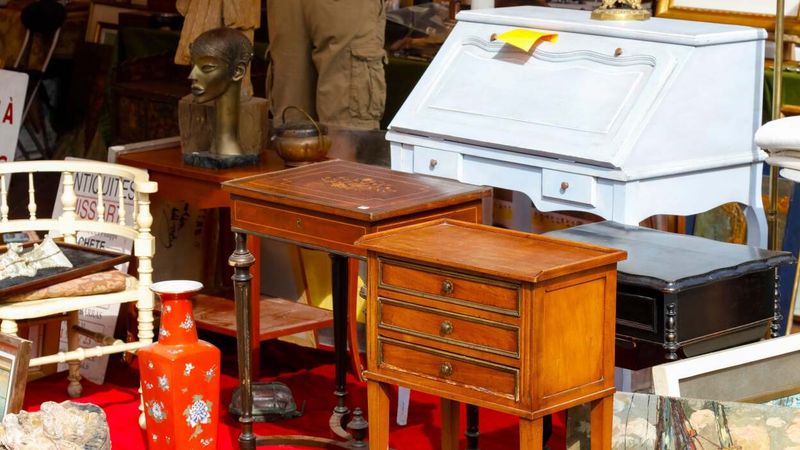
Musty odors can turn your amazing thrift store find into a regrettable purchase. I always perform the sniff test on any fabric item before buying. In NYC’s humid climate, mildew smells can indicate water damage that’s difficult to eliminate.
Cigarette smoke and pet odors tend to cling stubbornly to upholstery and clothing. These smells often intensify after bringing items into your warm apartment. Check inside drawers and cabinets too these enclosed spaces trap odors that might not be immediately obvious in the store.
Some scents can be removed with cleaning, but others are permanent companions. Mothball smells typically fade with airing out, while mold usually means you should walk away. Your tiny NYC apartment doesn’t need unwanted aromatherapy from yesterday’s castoffs.
7. Look for Vintage Brands
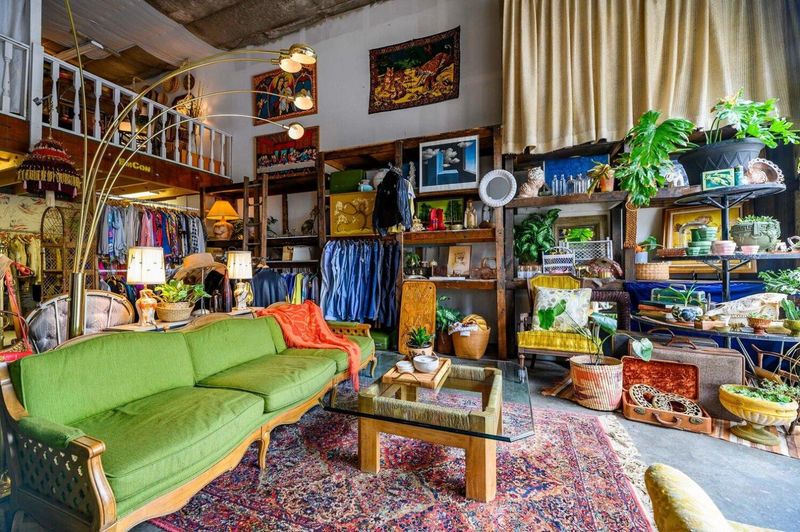
Spotting quality vintage brands transforms ordinary thrift shopping into treasure hunting. I’ve trained my eyes to scan for telltale labels that signal exceptional craftsmanship and resale value. Older Coach bags, pre-1990s, feature thick glove-tanned leather that improves with age quite different from their modern counterparts.
Manhattan’s upscale thrift shops often receive donations from wealthy residents, making them goldmines for luxury finds. Check interior labels and stitching quality rather than just recognizable logos. Authentic vintage Pendleton wool, Pyrex kitchenware, and mid-century furniture brands like Herman Miller command premium prices online.
Thrift stores in Chelsea and the Upper East Side typically have higher concentrations of designer items. Don’t ignore peculiar pieces that strange ceramic might be collectible Fiestaware worth significantly more than its $3 price tag.
8. Check Hardware Condition
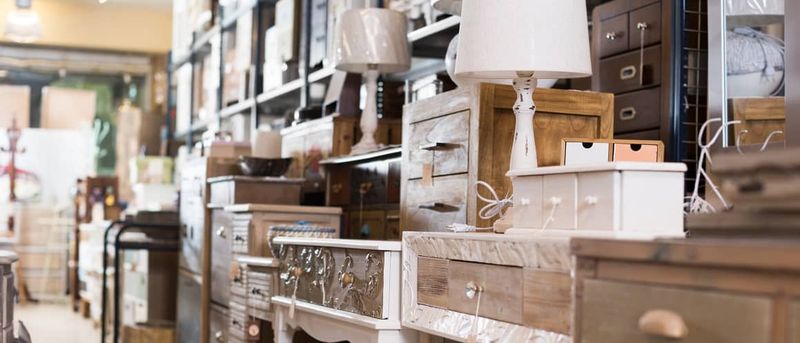
Hardware details make or break secondhand furniture finds. I always jiggle knobs, pulls, and handles to check for looseness. Missing or damaged hardware can be surprisingly expensive to replace, especially for vintage pieces requiring exact matches.
Drawer slides reveal much about furniture quality. Pull each drawer fully out to examine how smoothly it operates. Wooden drawer slides indicate older, often higher-quality construction. Metal runners should move without catching or squeaking.
Hinges on cabinets and tables deserve close inspection too. Replacing these functional elements often requires specialized tools and skills beyond basic DIY. While hunting through Brooklyn’s thrift warehouses, I’ve learned that even perfect-looking pieces can hide hardware horrors that transform bargains into budget-busters.
9. Consider Refurbishing Needs
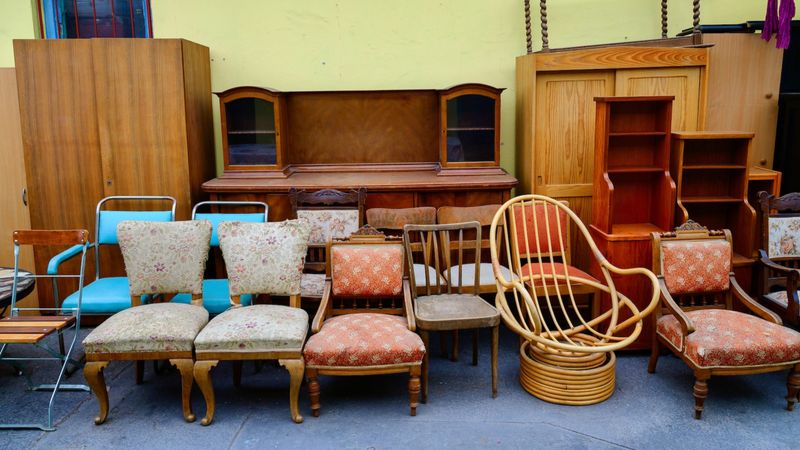
Realistic refurbishing assessment separates thrift store victories from expensive mistakes. That mid-century credenza might look promising, but I always calculate potential restoration costs before purchasing. Simple projects like repainting or replacing knobs can transform pieces affordably.
Upholstered furniture requires careful evaluation. Reupholstering costs in NYC often exceed the furniture’s value sometimes running $500+ for a basic armchair. Wood refinishing similarly demands realistic assessment. Minor scratches can be touched up easily, but water damage, veneer separation, or structural issues require professional help.
Ask yourself: Do you have adequate workspace in your apartment? Most NYC living situations lack proper ventilation for stripping and refinishing. Be honest about your DIY skills and timeline. That $30 project chair can quickly become a $300 professional restoration.
10. Scout Multiple Neighborhoods

Each NYC neighborhood offers distinct thrifting personalities. Upper East Side stores often feature high-end designer castoffs, while Brooklyn’s shops might yield more vintage furniture and quirky collectibles. I regularly rotate between different areas to maximize my finds.
Wealthier neighborhoods typically have higher-quality donations but steeper prices. Venture to outer borough thrift stores for better bargains places like Ridgewood, Astoria, and Bay Ridge often have undiscovered gems. Transportation matters though; consider whether you can realistically carry that coffee table on the L train during rush hour.
Timing your visits strategically pays off too. Stores near college campuses like Columbia or NYU overflow with discards during semester endings. Some neighborhoods have specific donation days when fresh merchandise hits the floor, so ask employees about their restocking schedules.


